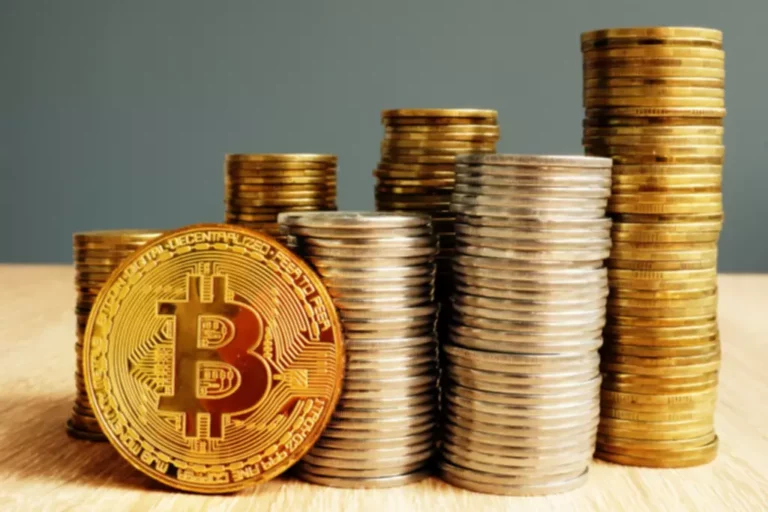Content
By grasping these subtleties, tokenization will help AI produce more accurate and human-like responses, bridging what is a token the gap between machine processing and natural language. Now, let’s talk about names – whether it’s a person’s name or a location, they’re treated as single units in language. But if the tokenizer breaks up a name like “Niagara Falls” or “Stephen King” into separate tokens, the meaning goes out the window. Tokens help AI systems break down and understand language, powering everything from text generation to sentiment analysis. When you type something into an AI model, like a chatbot, it doesn’t just take the whole sentence and run with it. These tokens can be whole words, parts of words, or even single characters.
The Comprehensive Guide To Tokens: Understanding And Exploring Different Types
While there are numerous ways to utilize a token, some Payment gateway of the most popular token types include utility, governance, security, and non-fungible tokens. Governance tokens provide holders with voting rights and decision-making power within a decentralized autonomous organization (DAO) or a blockchain protocol. Holders can participate in shaping the future development, upgrades, and governance of the platform. Navigating tokenization might seem like exploring a new digital frontier, but with the right tools and a bit of curiosity, it’s a journey that’s sure to pay off. As AI evolves, tokens are at the heart of this transformation, powering everything from chatbots and translations to predictive analytics and sentiment analysis. Another promising area is context-aware tokenization, which aims to improve AI’s understanding of idioms, cultural nuances, and other linguistic quirks.

More from Merriam-Webster on token
- Tokenizers have to work overtime to make sense of these languages, so creating a tool that works across many of them means understanding the unique quirks of each one.
- This is especially tricky for long, complex sentences that need to be understood in full.
- These tokens can transform industries like finance, healthcare, and supply chain management by boosting transparency, security, and operational efficiency.
- For instance, compare „Let’s eat, grandma” with „Let’s eat grandma.” The first invites grandma to join a meal, while the second sounds alarmingly like a call for cannibalism.
- Token applies to something that serves as a proof of something intangible.
- But when things get trickier, like with unusual or invented words, it can split them into smaller parts (subwords).
Non-fungible tokens are unique digital assets that represent ownership or proof of authenticity of a specific item or piece of content. Unlike cryptocurrencies, NFTs are indivisible and cannot be exchanged on a one-to-one basis. They have gained significant attention in the art, collectibles, and gaming industries. Think of tokens as the tiny units of data that AI models use to break down and https://www.xcritical.com/ make sense of language. These can be words, characters, subwords, or even punctuation marks – anything that helps the model understand what’s going on.
Words with Fascinating Histories
They’re the behind-the-scenes crew that makes everything from text generation to sentiment analysis tick. With blockchain’s rise, AI tokens could facilitate secure data sharing, automate smart contracts, and democratize access to AI tools. These tokens can transform industries like finance, healthcare, and supply chain management by boosting transparency, security, and operational efficiency.
Scrabble Words Without Any Vowels
Tokens are often distributed by blockchain startups as a way to attract investors and create a sense of exclusivity. Token holders may have certain privileges, like the ability to contribute to blockchain governance or early access to new products. Finding the sweet spot between efficiency and meaning is a real challenge here – too much breaking apart, and it might lose the context. Now that we’ve got a good grip on how tokens keep AI fast, smart, and efficient, let’s take a look at how tokens are actually used in the world of AI.
This innovation could transform fields such as education, healthcare, and entertainment with more holistic insights. Whether it’s a jargon term from a specific field or a brand-new slang word, if it’s not in the tokenizer’s vocabulary, it can be tough to process. The AI might stumble over rare words or completely miss their meaning. For example, translating from English to Japanese is more than just swapping words – it’s about capturing the right meaning. Tokens help AI navigate through these language quirks, so when you get your translation, it sounds natural and makes sense in the new language.

By chopping language into smaller pieces, tokenization gives AI everything it needs to handle language tasks with precision and speed. To know more about tokens and their types in detail, reach out to the leading Token Development Company. As AI pushes boundaries, tokenization will keep driving progress, ensuring technology becomes even more intelligent, accessible, and life-changing. To maintain the smooth flow of a sentence, tokenizers need to be cautious with these word combos. Now, let’s explore the quirks and challenges that keep tokenization interesting. The number of tokens processed by the model affects how much you pay – more tokens lead to higher costs.
Tokenizers need to be on their toes, interpreting words based on the surrounding context. Otherwise, they risk misunderstanding the meaning, which can lead to some hilarious misinterpretations. Language loves to throw curveballs, and sometimes it’s downright ambiguous. Take the word „run” for instance – does it mean going for a jog, operating a software program, or managing a business?
These words combine multiple elements, and breaking them into smaller pieces might lead to confusion. Imagine trying to separate „don’t” into „do” and „n’t” – the meaning would be completely lost. The tokenizers have to figure out the context and split the word in a way that makes sense.
Even better, tokenization lets the AI take on unfamiliar words with ease. If it encounters a new term, it can break it down into smaller parts, allowing the model to make sense of it and adapt quickly. So whether it’s tackling a tricky phrase or learning something new, tokenization helps AI stay sharp and on track. Once the text is tokenized, each token gets transformed into a numerical representation, also known as a vector, using something called embeddings.
Imagine turning “unicorns” into “uni,” “corn,” and “s.” Suddenly, a magical creature sounds like a farming term. Some words act like chameleons – they change their meaning depending on how they’re used. Think of the word „bank.” Is it a place where you keep your money, or is it the edge of a river?
We’ve explored the fundamentals, challenges, and future directions of tokenization, showing how these small units are driving the next era of AI. So, whether you’re dealing with complex language models, scaling data, or integrating new technologies like blockchain and quantum computing, tokens are the key to unlocking it. Some languages also use punctuation marks in unique ways, adding another layer of complexity. So, when tokenizers break text into tokens, they need to decide whether punctuation is part of a token or acts as a separator. Get it wrong, and the meaning can take a very confusing turn, especially in cases where context heavily depends on these tiny but crucial symbols.
When AI translates text from one language to another, it first breaks it down into tokens. These tokens help the AI understand the meaning behind each word or phrase, making sure the translation isn’t just literal but also contextually accurate. Security tokens represent ownership or participation in traditional financial assets, such as stocks, bonds, or real estate.

